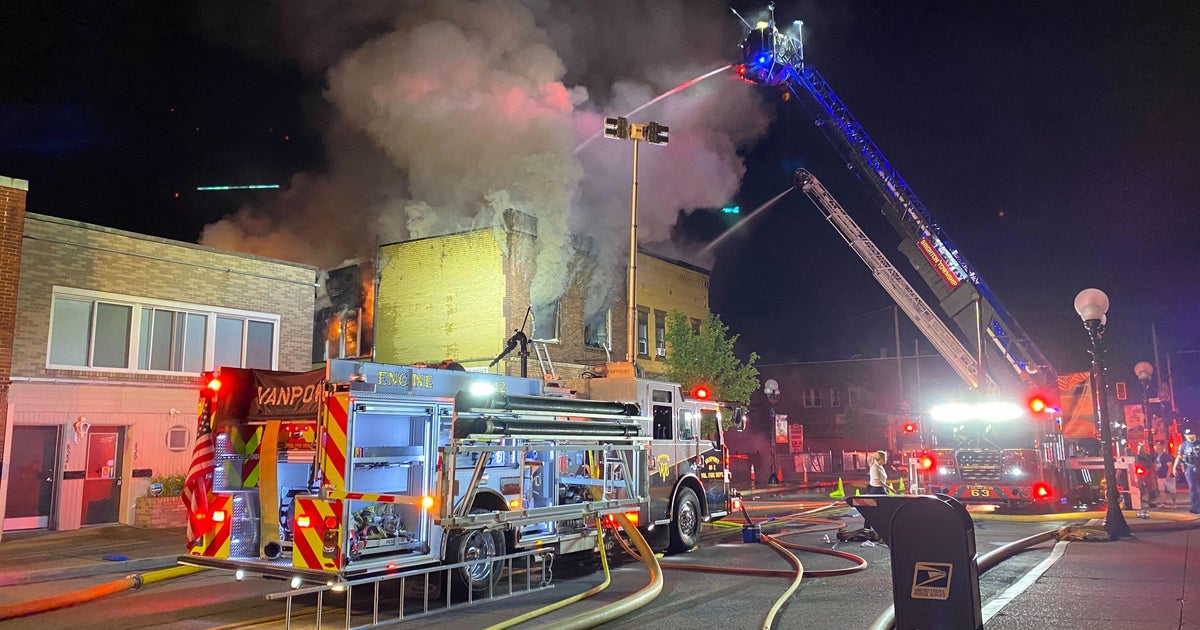CMU, UPMC Develop First Flexible Robot To Assist Head & Neck Surgery
PITTSBURGH (KDKA) - Doctors are performing new, cutting-edge surgery right here in Pittsburgh.
It's so advanced that it's not only changing recovery time for patients, it's also changing the industry.
"The concept of flexible robotics is going to be the next revolution - in surgical advancement, in surgical science," UPMC's Dr. Umamaheswar Duvvuri said.
A first for the United States has its origins in Pittsburgh. A joint venture between UPMC and Carnegie Mellon University has produced the first flexible robot to assist with head and neck surgery. It went from bench to bedside in just five years. It was initially approved in Europe and then by the FDA.
"That's really breakneck speed, and speaks to the enthusiasm and the talent that exists in Pittsburgh," Dr. Duvvuri said.
Krista Kauffman was one of the first patients to be operated on with the flexible robot. She had a growth on the back of her tongue, so the team used the robot for an approach through her mouth.
Without this new tool, she would have had a large incision in her neck, which would involve reconstruction and a longer recovery.
"The actual vision system itself is flexible, so it can take any path in space that you would like and shape or a U-shape or any curvilinear path," Dr. Duvvuri said.
Other, more rigid robots have been better suited to work on joints or in the abdomen and chest, where there can be more space. But, in the head and neck, the structures are smaller, curvier, and flexibility is a distinct advantage.
"Tumors of the back of the tongue, of the tonsil, even of the larynx or voice box region, can be addressed with this flexible system," Dr. Duvvuri said.
The robot has a scope to help the surgeon see. The surgeon isn't in another room controlling it, but actually operating on the patient directly, with instruments alongside the robot.
"The robot allows us to get to places we weren't able to get to before, which means we have to learn how to encounter the anatomy in a different perspective. From the inside out, so to speak, as opposed to the outside in," Dr. Duvvuri said.
Risks include infection and bleeding.
"Robotic surgery in general is not specifically covered by insurance. The procedure is covered by insurance," Dr. Duvvuri said. "Irrespective of what methods are used by the surgeon."
Kauffman wasn't nervous about being one of the first Americans to be operated on with this new technique. She saw it as a privilege.
"There's going to be a crater in the back of my throat for a little while. It's going to fill in, and everything's going to be pretty normal," Kauffman said. "I thought it was cool. Oh, I get to be special."
Future patients will benefit from even more refinement.
"We're going to be moving towards actually robotized instruments. We're going to be working towards smaller instruments that will be designed not just for ENT surgery, but for other surgeries," Dr. Duvvuri said.
Join The Conversation On The KDKA Facebook Page
Stay Up To Date, Follow KDKA On Twitter



